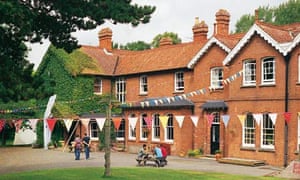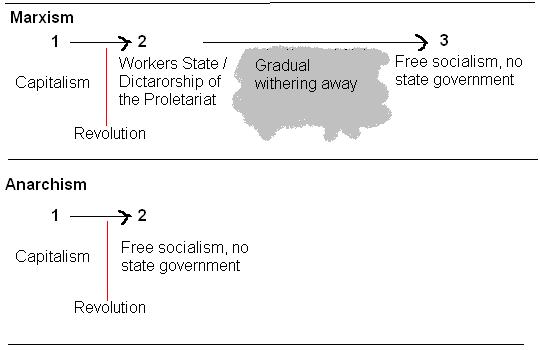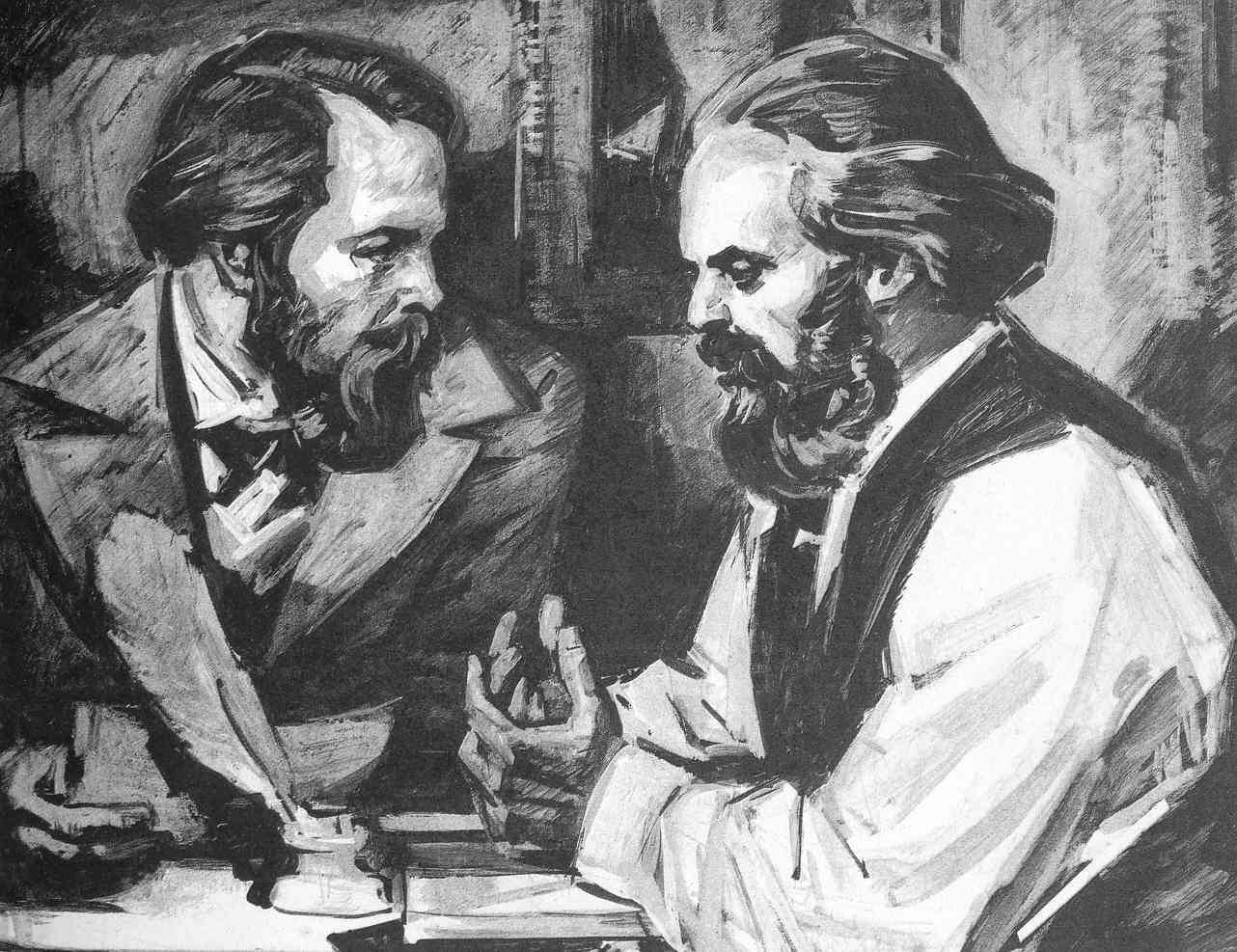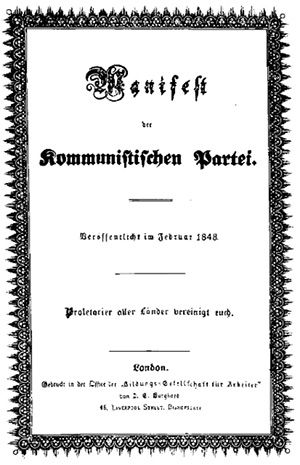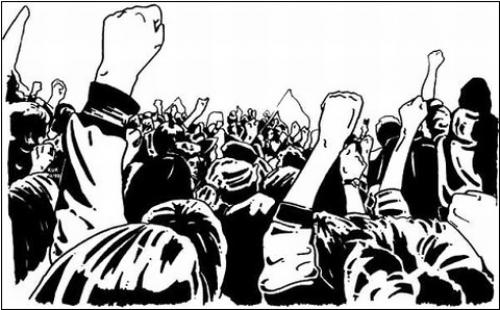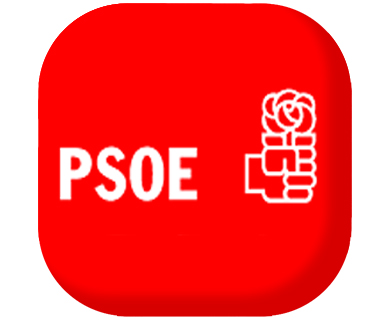Today has been the last day to do the project in class. My group is formed by Antonio, Manal, Jorge and me. I'm very happy with my group, because the people of the groups formed by the teachers are usually not very happy with the components, but in our case it's completely different, because all my mates work, contribute with ideas and they want to do a good job, so it's easier to work with people like them.
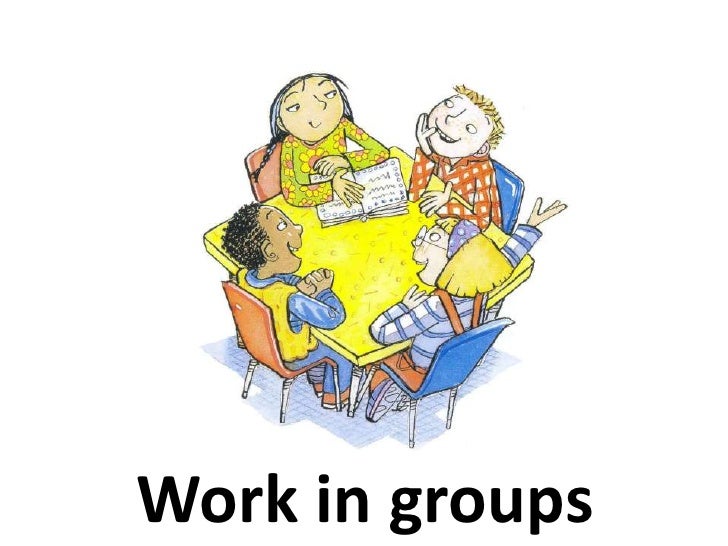
Source: http://es.slideshare.net/erikaoya/classroom-language-cards-routine-and-discipline?ref=
We have finished with the ideas for the last chapter in sketch, and with the first drawn chapter (on carboard). This last chapter it's about the Restoration (from 1875 to 1931). We have worked specially in the important changes in Spain during this period, like the industralization of areas like Asturias, Catalonia, Madrid...,the beginning of rural exodus to cities, the development of the labour movement: most of the workers who became anarchists and some few workers who followed Marxism; the rise of regionalism, like a reaction against the centralization of the government (also we have discovered new autonomist parties that appeared in Catalonia, like the Lliga Regionalista, and the other one in the Basque Provinces, like the PNV; and finally the loss of the last colonies in America and Asia and the regeneration movement with a new critical movement against corruption called bossim.

Source: http://www.alitadepollo.net/4852-espana-contra-la-modernidad-por-que-somos-asi-ii/
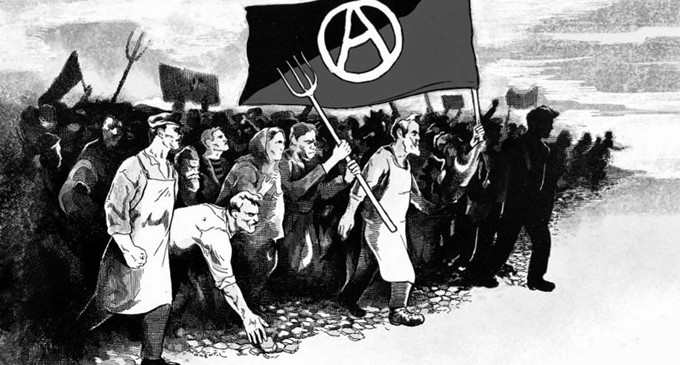
Source: http://www.lamarea.com/2015/04/24/revueltas-campesinas-y-origen-del-anarquismo-andaluz/
I hope all the groups (including my group), can achieve a good and interesting project, with a lot of original ideas. I wish we could have time to finish, because these weeks we have enough work and exams to take, and it's going to be complicated, but we are going to do our best, I'm sure of that. Well...cheer up, mates!


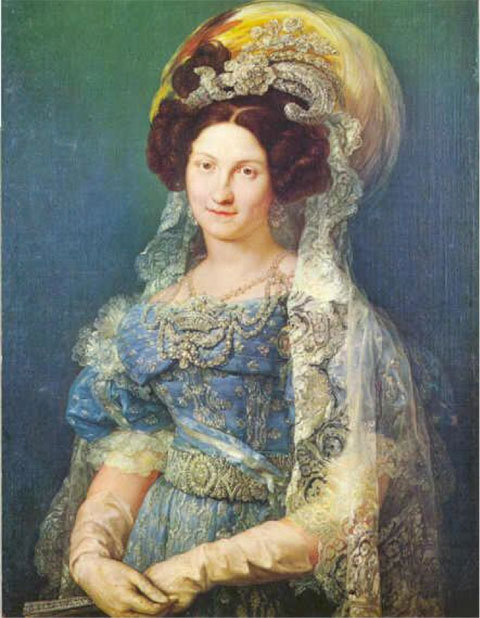

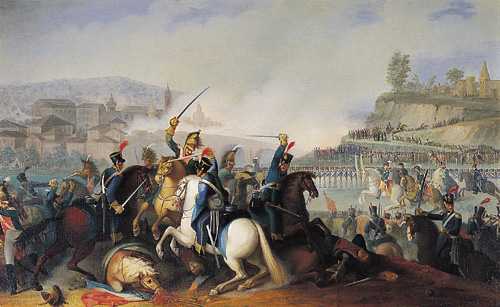
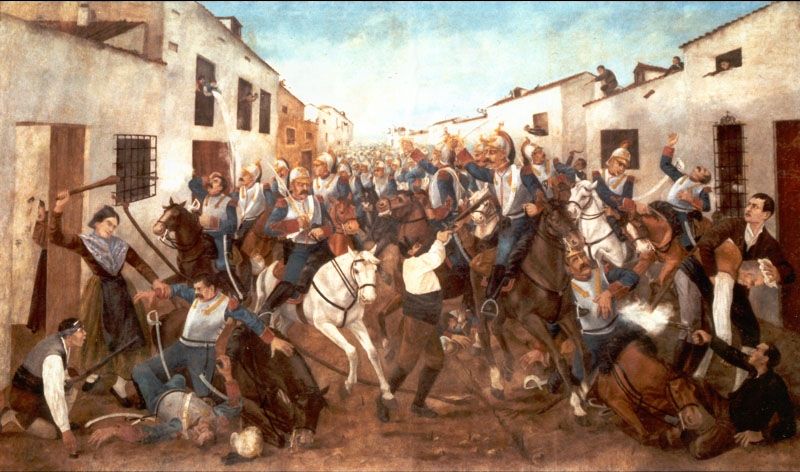



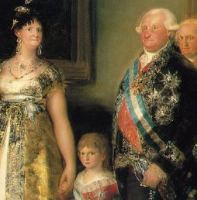



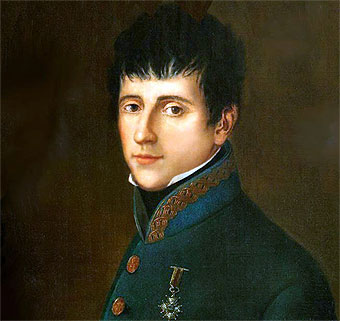

.jpg/220px-Retrato_de_Baldomero_Espartero,_pr%C3%ADncipe_de_Vergara_(Palacio_del_Senado_de_Espa%C3%B1a).jpg)










